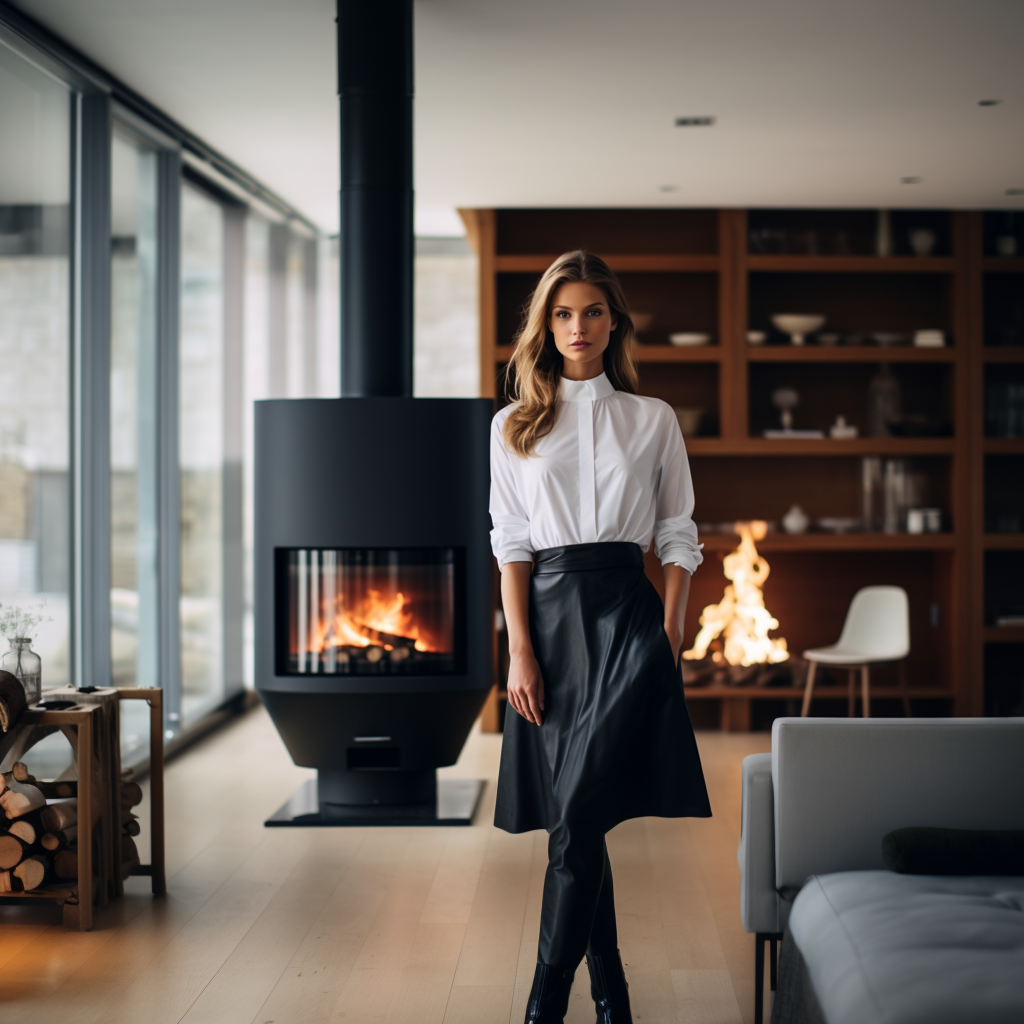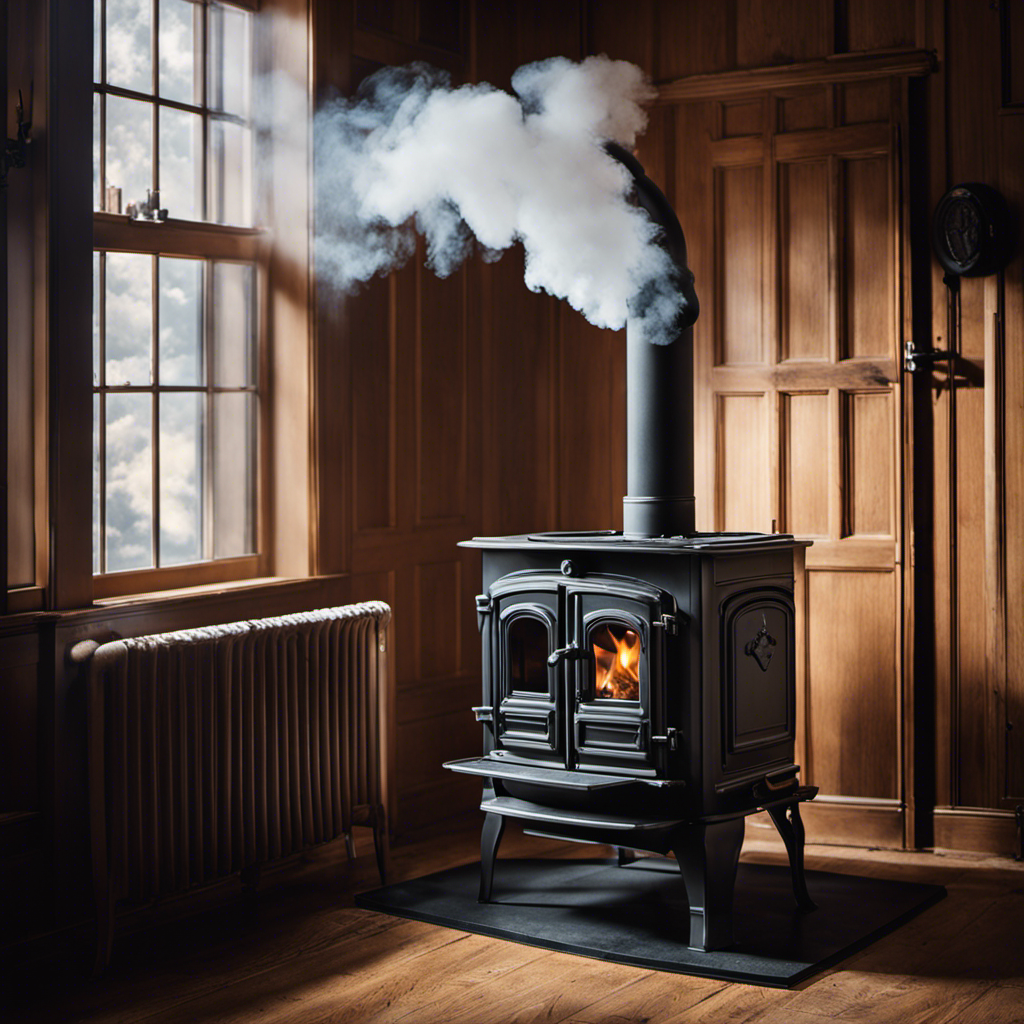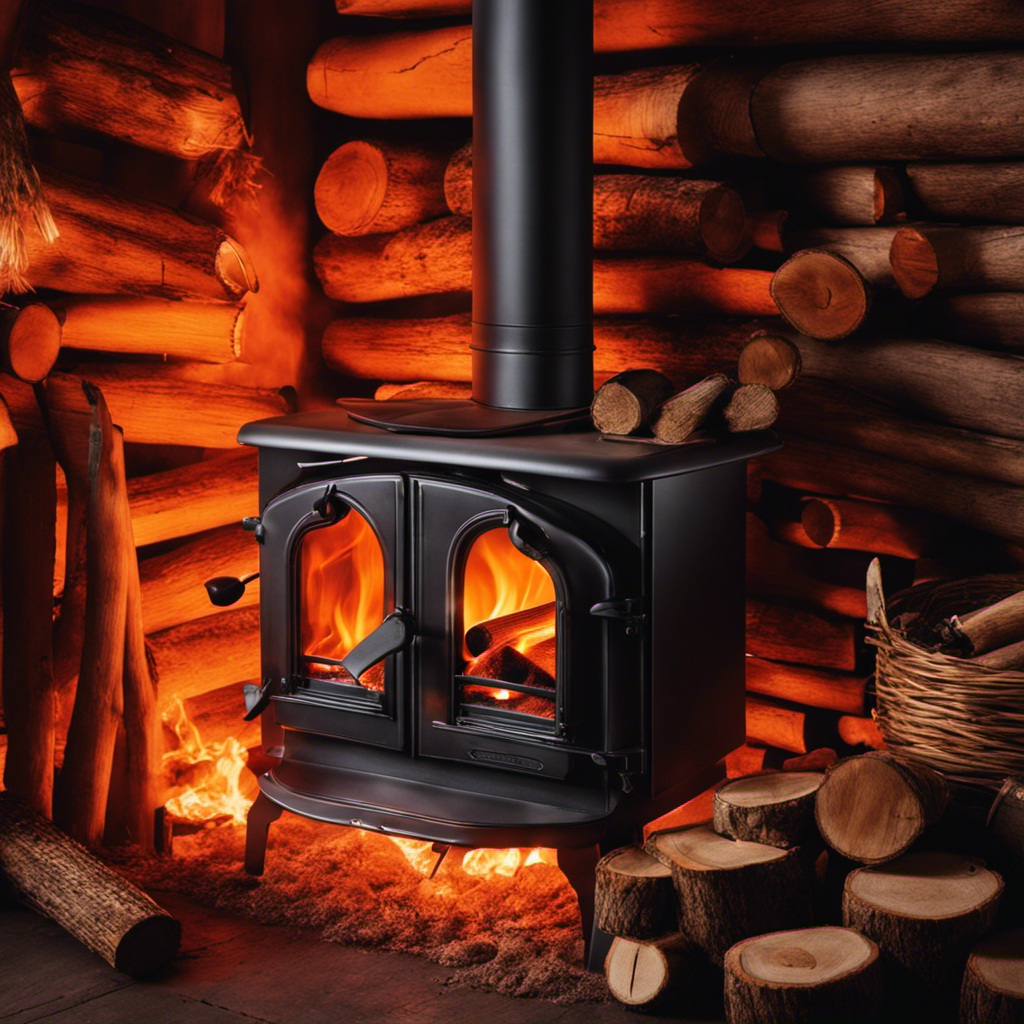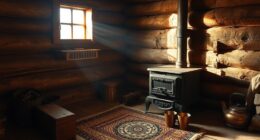I’m here to share a little secret with you: starting a fire in a wood stove is simpler than you may realize. In the upcoming article, I’ll guide you through the process on how to do it like a professional.
From gathering the necessary supplies to igniting and maintaining the fire, I’ve got you covered.
So grab a cup of hot cocoa, sit back, and get ready to cozy up to the warmth of your own crackling wood stove fire.
Key Takeaways
- Dry and seasoned firewood burns efficiently and produces less smoke.
- Properly arranging the firewood helps ignite the kindling and start the fire.
- Adjusting the airflow regulates the combustion process and maintains a steady fire.
- Ensuring safety measures such as having a fire extinguisher nearby and never leaving a fire unattended are important.
Gathering the Necessary Supplies
I quickly gathered all the necessary supplies for starting a fire in the wood stove.
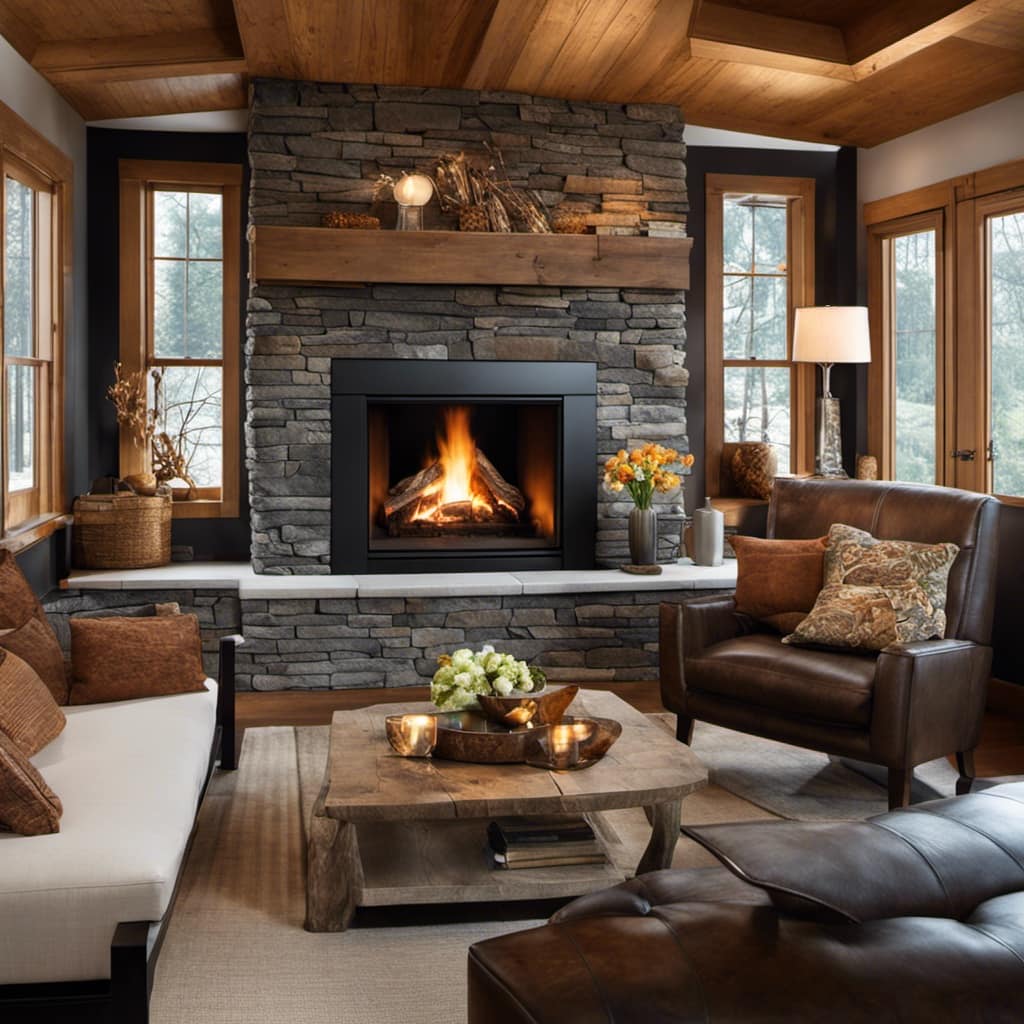
Firewood selection is crucial for a successful fire. I made sure to choose dry and seasoned firewood, as it burns more efficiently and produces less smoke. I grabbed a mix of hardwoods like oak and maple, which provide long-lasting heat.
To start the fire, I used a combination of fire starting techniques. I laid a bed of crumpled newspaper and small twigs at the bottom of the stove, creating a solid base. Then, I stacked larger pieces of firewood on top, leaving enough space for airflow.
To ignite the fire, I used a long match and carefully lit the newspaper. Within minutes, the fire was crackling and filling the room with cozy warmth.
Preparing the Wood Stove
After gathering all the necessary supplies, I carefully opened the wood stove door and began preparing it by clearing out any remaining ash and debris, then adding a layer of kindling and small pieces of firewood to ensure a steady burn.
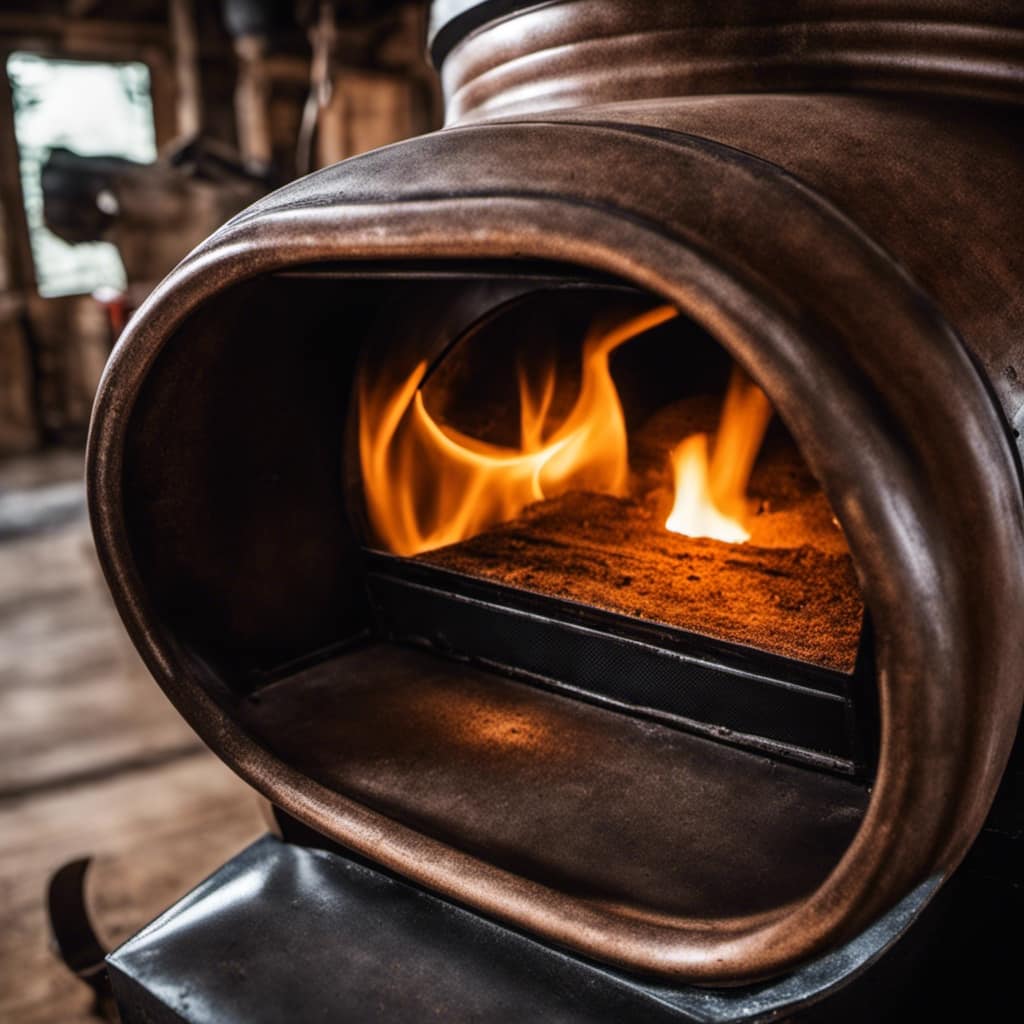
It’s crucial to start with a clean stove to prevent any potential hazards. Cleaning the stove not only removes any leftover debris but also allows for proper ventilation, ensuring efficient combustion. By clearing out the ash and debris, you create space for the fire to breathe, allowing for better airflow and reducing the risk of smoke entering your living space.
Once the stove is clean and ready, it’s time to move on to the next step: building the fire base.
Building the Fire Base
With the firewood stacked neatly on the grate, I carefully arranged some newspaper between the logs, ensuring that it was positioned both under and around the kindling. This is an important step in building a fire in a wood stove, as it helps to ignite the kindling and get the fire going.
Here are three key points to keep in mind when arranging the firewood in the stove:
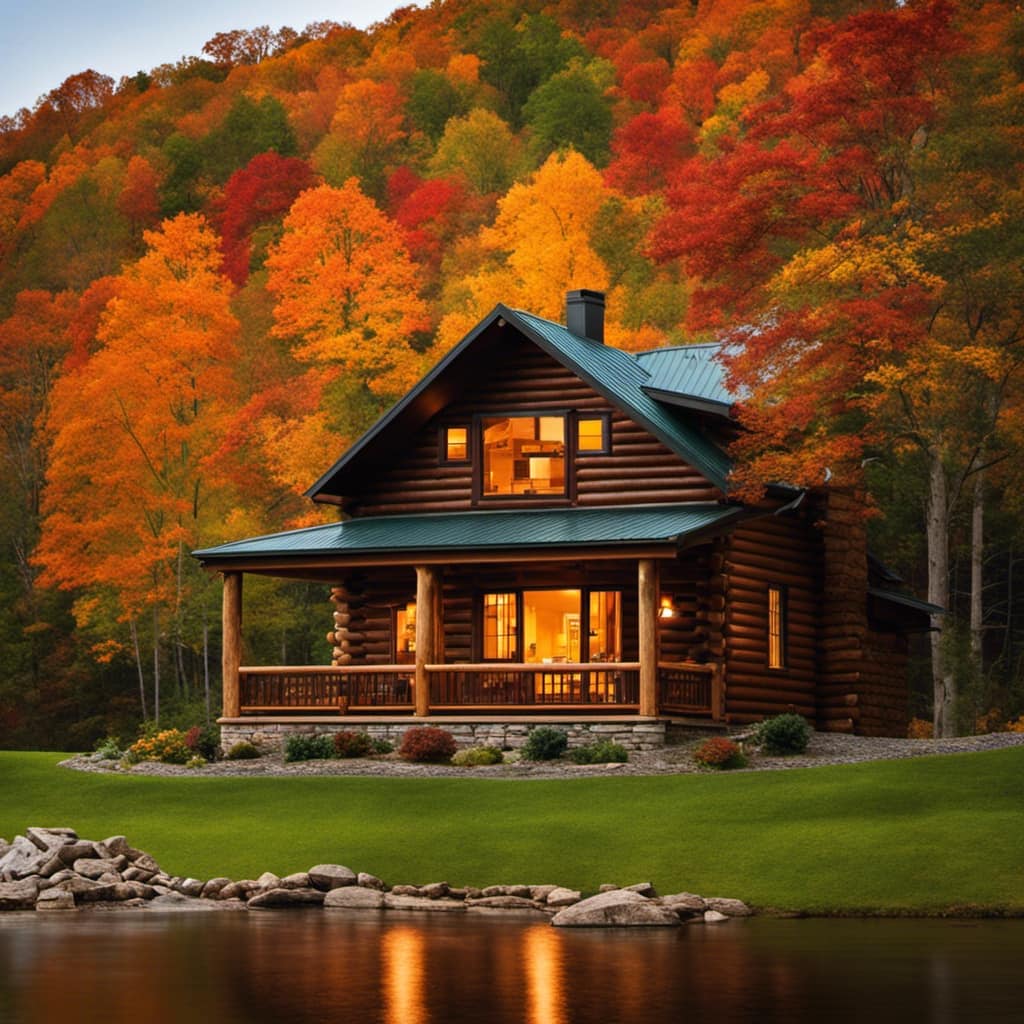
Choose the right firewood: It’s crucial to use seasoned firewood that has been properly dried. Green or wet wood won’t burn efficiently and can produce more smoke.
Stack the wood properly: Place the larger logs at the bottom of the stove, creating a solid base. Then, layer smaller logs and kindling on top, creating a pyramid shape.
Leave space for air circulation: Make sure to leave some space between the logs to allow for proper airflow. This will ensure that the fire burns evenly and efficiently.
Igniting the Fire
To ignite the fire in my wood stove, I use a long fireplace match and carefully light the newspaper between the logs.
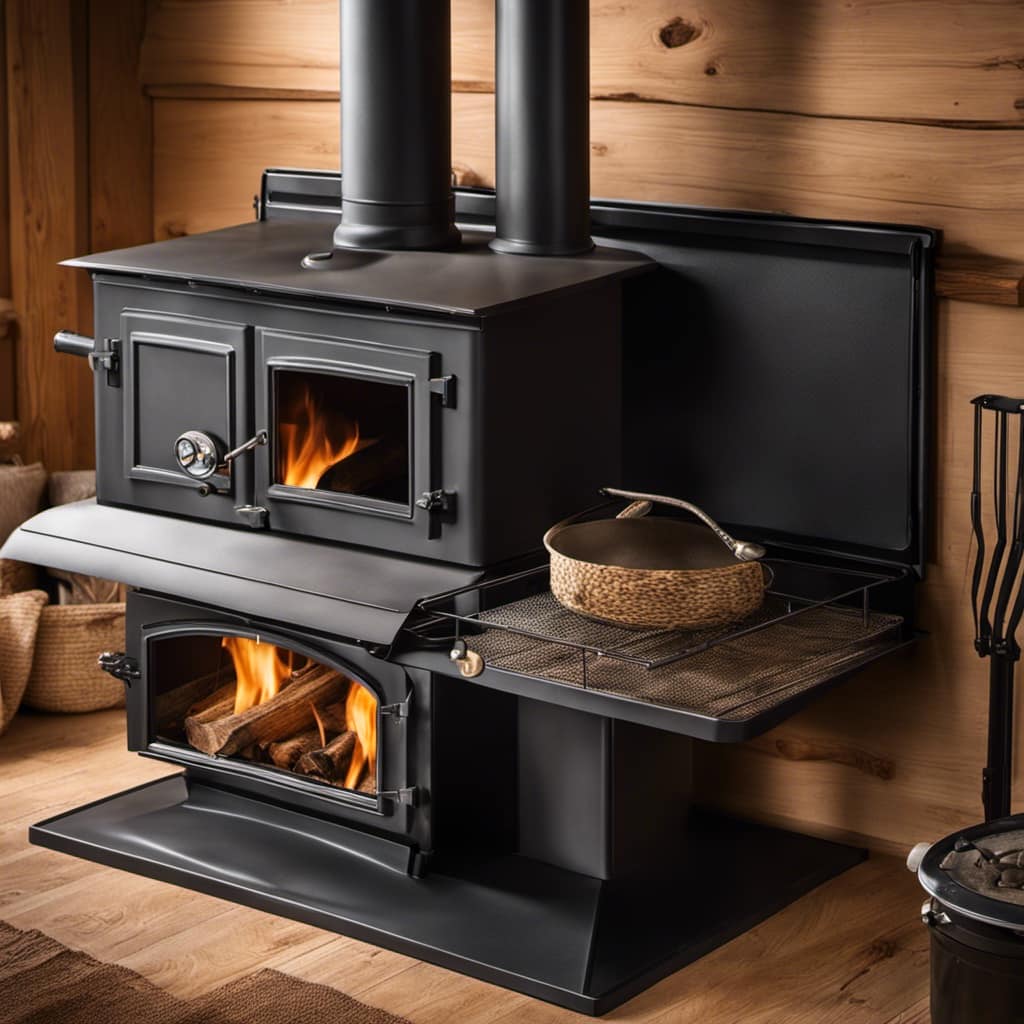
Safety precautions are important when starting a fire in a wood stove. Before lighting the fire, it’s crucial to make sure the stove is clean and free from any debris or flammable materials. Additionally, it’s important to have a fire extinguisher nearby in case of emergencies.
Troubleshooting common issues can also help ensure a successful fire. If the fire isn’t starting, check that there’s enough air flow by opening the damper. If the fire is smoky, adjust the damper to increase airflow.
Remember to never leave a fire unattended and always fully extinguish it before leaving the room.
Maintaining and Controlling the Fire
While maintaining and controlling the fire in my wood stove, I adjust the airflow by opening or closing the damper as needed. This allows me to maintain optimal temperature and ensure efficient burning of the wood. Here are three important things to keep in mind when it comes to maintaining and controlling the fire in a wood stove:
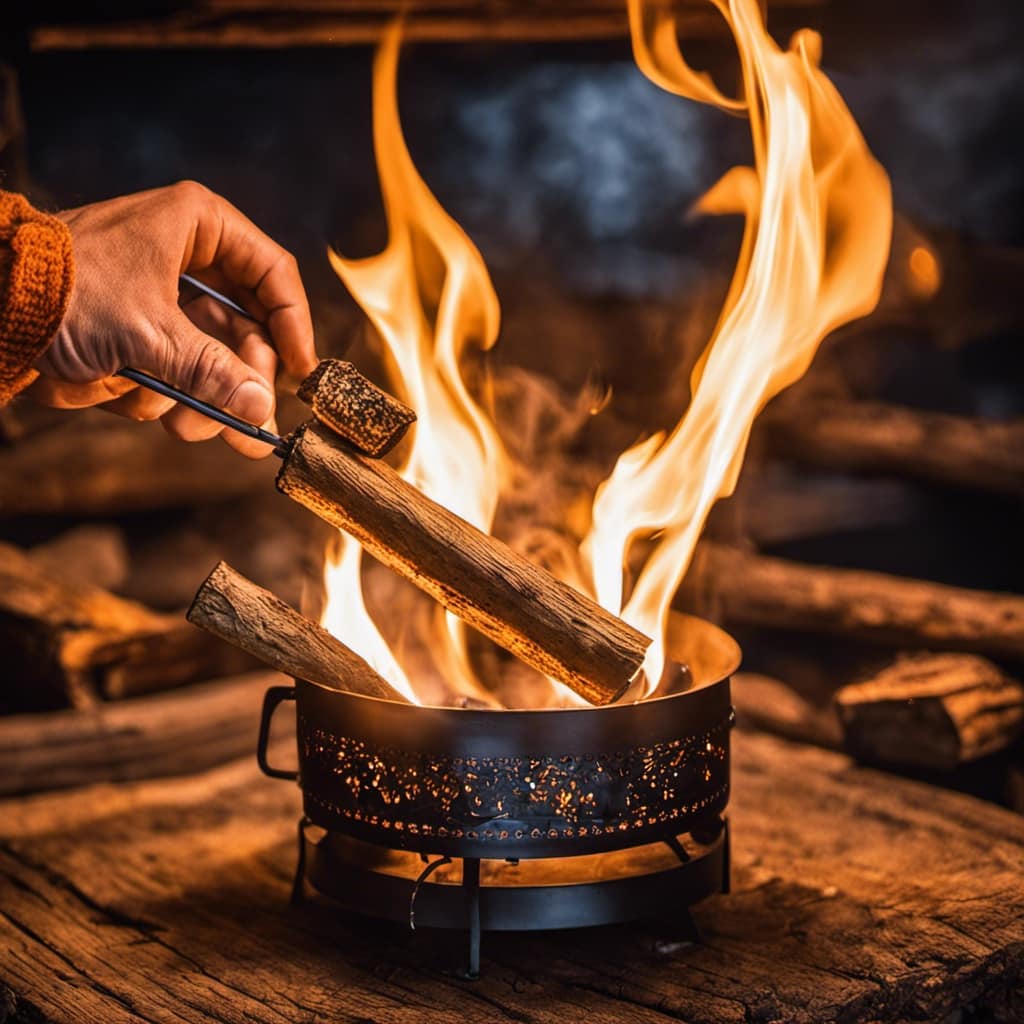
Consistent air flow: By adjusting the damper, I can control the amount of oxygen that enters the stove. This helps regulate the combustion process and maintain a steady fire.
Temperature control: By carefully managing the air flow, I can control the temperature inside the wood stove. This is important to prevent the fire from getting too hot or dying out.
Fuel management: Maintaining a good fire also involves adding the right amount of wood at the right time. By controlling the air flow, I can ensure that the wood burns evenly and efficiently.
Frequently Asked Questions
Can I Use Any Type of Wood in a Wood Stove?
Yes, you can use different types of wood in a wood stove, but it’s important to follow best practices. Certain woods burn hotter and cleaner, like hardwoods such as oak or maple. Softwoods like pine can be used, but they may produce more creosote buildup.
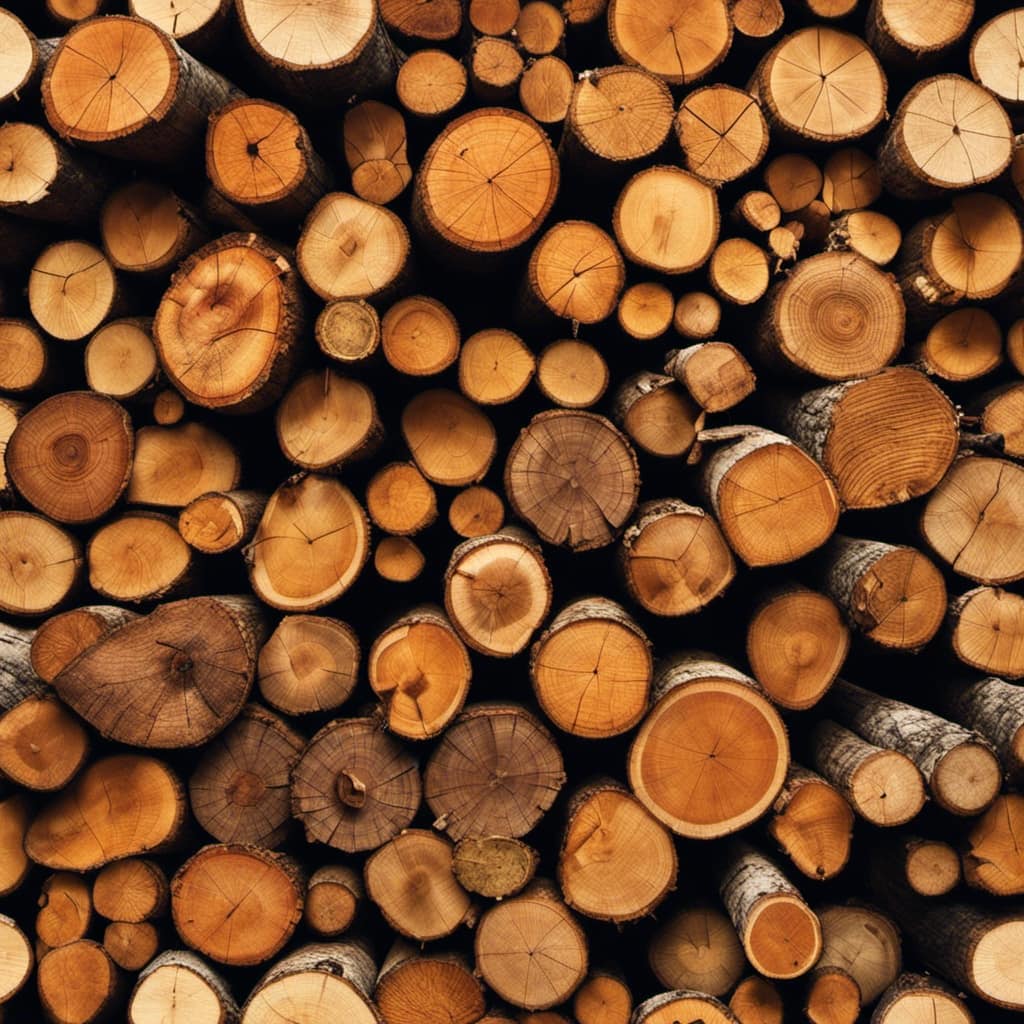
How Often Should I Clean My Wood Stove?
Cleaning your wood stove regularly is crucial for its optimal performance. Signs that indicate it needs cleaning include excessive smoke, difficulty in starting a fire, and a blackened glass door. Regular cleaning ensures safety and efficiency, and prolongs the lifespan of your wood stove.
Can I Leave the Fire Unattended?
Leaving a fire unattended can be dangerous and increase the risk of accidents. It is important to follow fire safety precautions at all times to ensure the safety of your home and loved ones.
Is It Safe to Use Newspaper as a Fire Starter?
Using newspaper as a fire starter is not recommended due to safety concerns. There are safer alternatives available, such as fire starter sticks or natural materials like dry leaves or twigs.
Can I Cook on a Wood Stove?
Sure, you can cook on a wood stove! It’s a versatile cooking method that adds a rustic charm to your meals. Just remember to follow cooking techniques and prioritize wood stove safety to avoid accidents.
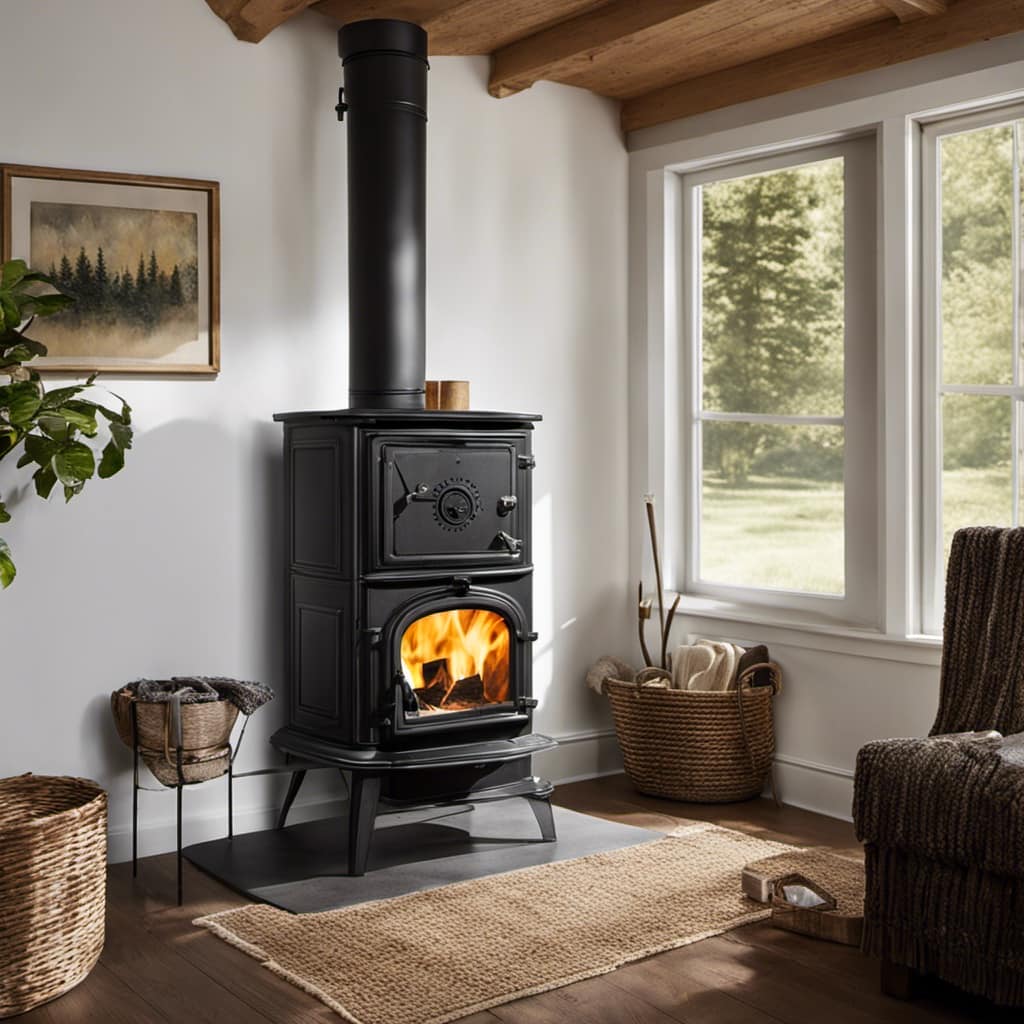
Is There a Step-By-Step Guide for Making a Fire in a Wood Stove?
Yes, there are plenty of step-by-step guides available for making a fire in a wood stove. If you’re a visual learner, you can watch wood stove tutorial videos to learn the best techniques for starting and maintaining a fire in your wood stove.
Conclusion
In conclusion, by following these steps, you can confidently make a fire in your wood stove.
Remember, ‘practice makes perfect.’ With time and experience, you’ll become a master at starting and maintaining a cozy fire in your home.
Stay warm and enjoy the comforting ambiance of your wood stove.
Growing up surrounded by the vast beauty of nature, Sierra was always drawn to the call of the wild. While others sought the comfort of the familiar, she ventured out, embracing the unpredictable and finding stories in the heartbeat of nature.
At the epicenter of every remarkable venture lies a dynamic team—a fusion of diverse talents, visions, and passions. The essence of Best Small Wood Stoves is crafted and refined by such a trio: Sierra, Logan, and Terra. Their collective expertise has transformed the platform into a leading authority on small wood stoves, radiating warmth and knowledge in equal measure.



